Interview: Wilbert Das on the UXUA Hotel
Sustainable building, creative collaborations and how his experience in fashion helped shape his boutique accommodation in Brazil

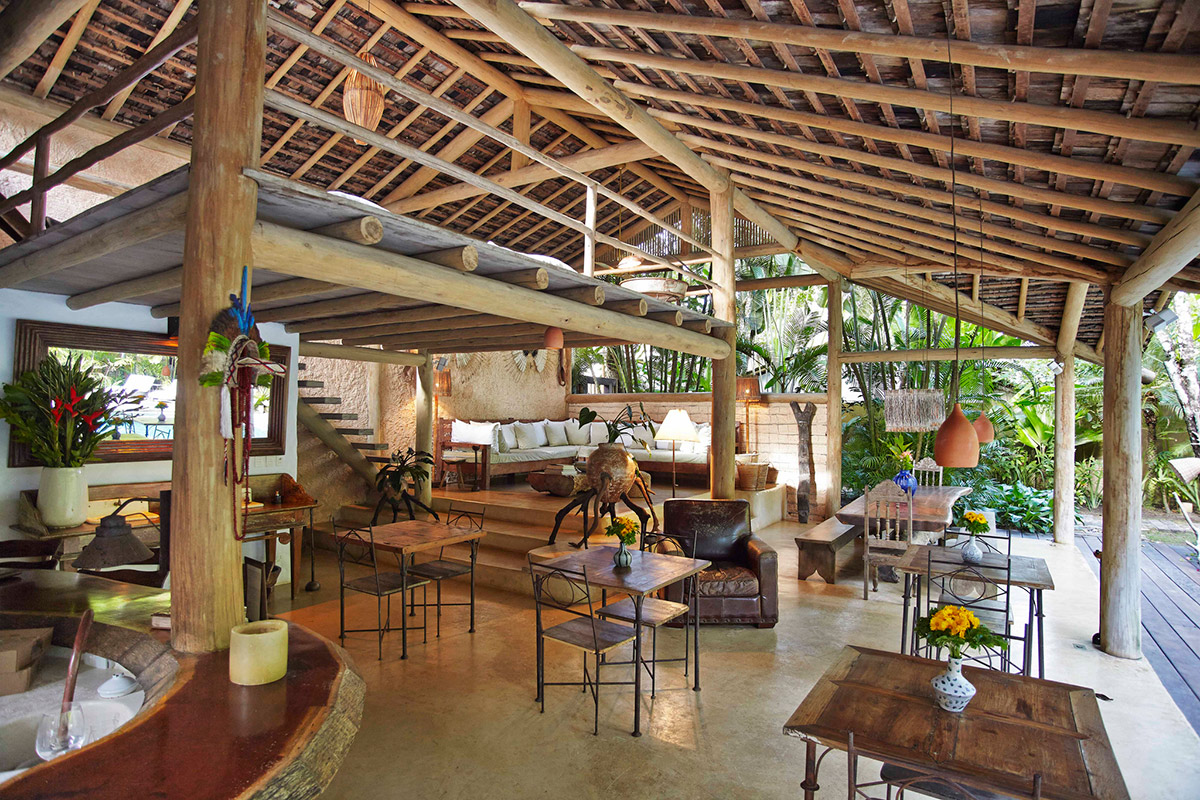
by Abby Morgan and Blake Whitman
As far as designers go, Wilbert Das is something of a legend, creating some of the most provocative advertising in the ’90s that turned Italian fashion label Diesel into a household name. In order to fully grasp how a renowned creative director could make a successful pursuit into the foreign industry of hospitality (more so in a foreign country, Brazil), we spoke with Das to learn about the inspiration behind the location and the genesis of UXUA, his boutique hotel in Trancoso, Bahia.

Tell us about your first experiences in Brazil and how you discovered the location for your hotel in Trancoso.
There was a friend of mine from Italy that told me about [Trancoso]. He told me, “This place is like your home, you should be there. Just go and you’ll see.” Two weeks after he told me, I went.
My first time was in 2004 in June. At that time I was the only tourist, the only gringo. It was during the low season. I loved it, but I never thought I would be able to spend a week here in this place. One day passed, two days passed and I got to know people and became friends with people. By the end of 10 days, I was completely lost in the place. That was the moment I was lost on Trancoso. I always travel to various places to explore, but this was the first time that I came back to the same place all the time. It had all the things that I wanted: nature, music, food, people and the whole environment.
Why Trancoso? What drew you there specifically?
The aesthetics, in a way. I hate big buildings and I hate it when big buildings overrule the natural scenery. Here is one of the first places in the world where that hasn’t happened. When you take a boat trip on the beach here and you look towards the land, you don’t see any buildings. You see almost nothing manmade which is quite special in the world. Because even the most natural paradises in the world have been spoiled by buildings.
It was that authenticity of the place combined with the openness of the people. The people native to the area have lived here for 500 years, completely isolated. Brazil was discovered here. They made this little town here in the 1500s, but then that was it. There was never a road that led to this town. For 500 years people have developed here in their own little bubble. And they’re very, very friendly people. They have a very different take on life. They only started having contact with outside people in the late ’70s when hippies fled the dictators in Brazil. There was never anything here. No police. It was completely lost from the rest of the world. It’s a very special place and it always will be because it attracts special, creative people. The town seems to sort of expel people that it doesn’t want. The place has a very strong energy.

You were very successful in the fashion industry. Why create a hotel?
What I’m doing here is a result of my previous career. It’s also partly kind of covering my guilt towards overloading the world with stuff. I had this guilt in me when I was working in the fashion industry. All we had to do was just make, make, make; produce things as fast as possible, as much as possible. And maybe not as disposable as possible, but because of trends, everything was very short-lived. In the end, I felt very guilty asking people to buy things that they absolutely don’t need.
When I started doing this hotel, I wanted to make something that is made with things that are already existing. I tried to use as little as possible of new materials: as many antiques as possible, as much dead wood as possible that had already fallen down and make something that would last for a long time and absolutely didn’t have anything that was trendy. My idea is completely contrary to trend. It’s just pure beauty and appreciation of beauty and material and nothing that had to do with the throw-away society that we are living in.
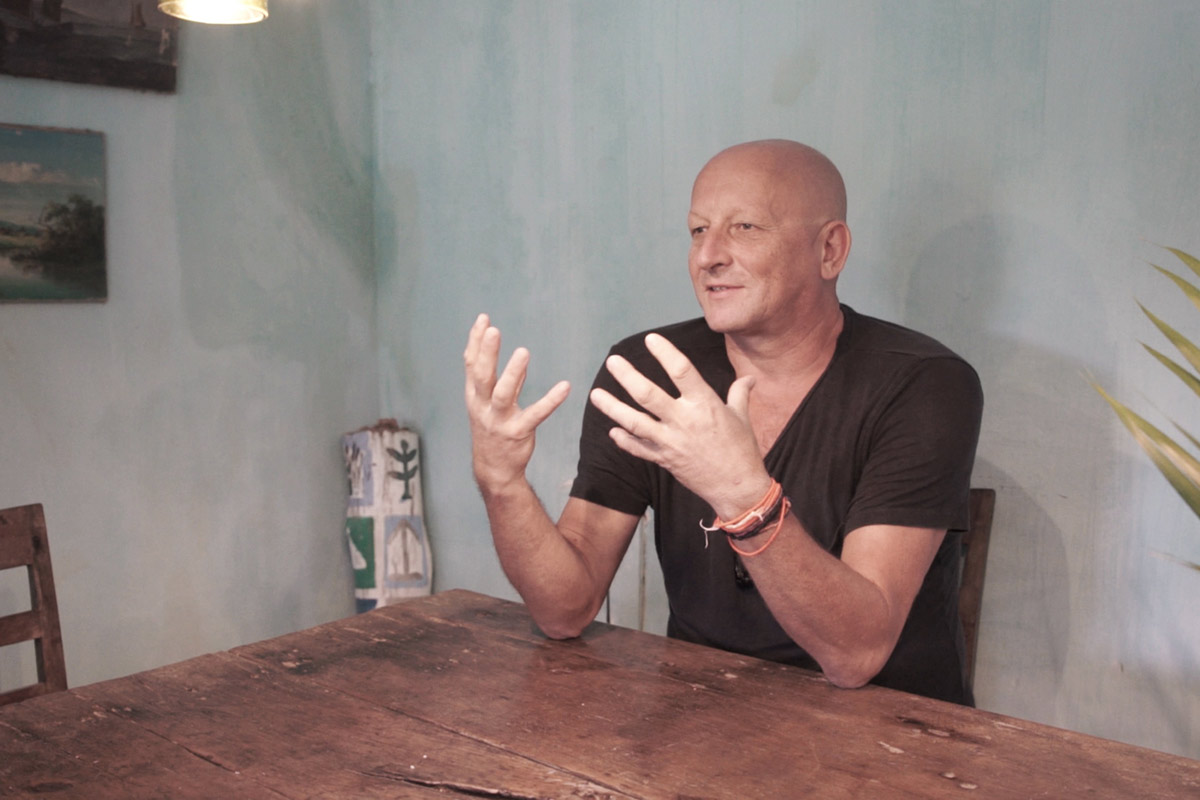
How did you settle on the aesthetic for the hotel?
The inspiration for the hotel was more of a reaction to what was going on in the world. I used to travel a lot for work and for pleasure, and I was so fed up with places being the same all over the world. Especially the so called “design” places. They were beautiful and interesting and definitely had their place and time, but they never had a sense of place or a sense of where you are. I could be in Tokyo and hear the same music and see the same Philippe Starck chair, maybe even see the same clothing on the people. If I closed the windows, I could be anywhere.
In the beginning I was building for myself. But I wanted to have something that was really from that place. That you could build with the people from the place, the art would be from the place, the textiles if possible. And the people that would work there have to be from the place.
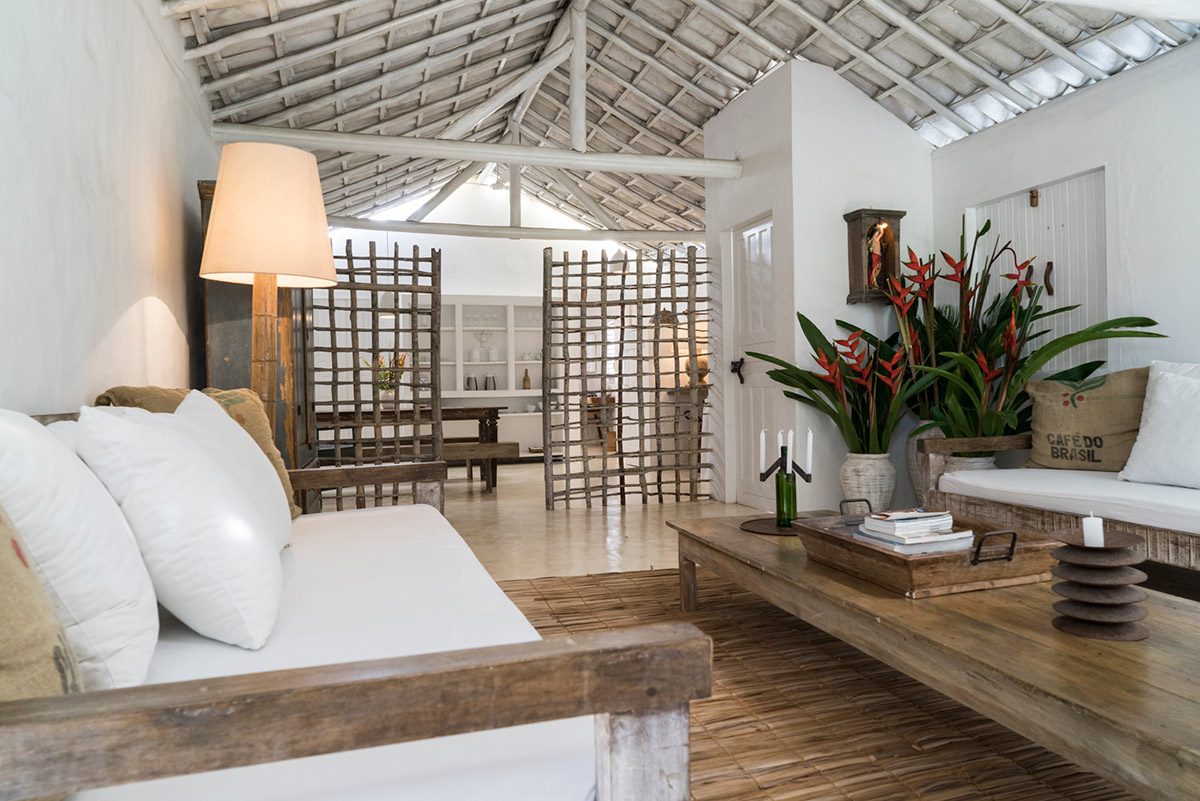
Sustainability seems to be a major focus of UXUA. What was the process of designing and building the hotel?
Most of the [design] came naturally. What is here in abundance and what is very beautiful here in Brazil is the fact that they have this amazing wood. Here in the area you can find incredible organic dead trees that are still around in the fields of the big fazendas. So I worked a lot with that and I worked a lot with antiques that I could find here. I tried to find a lot of [design] solutions that had a natural integrity with the place. But of course the idea was to make something as local as possible, trying to reinterpret everything that I found here that I liked, in new spaces.
The luxury is—in the end—the space you have, the environment, the nature that is completely intertwined with the buildings and a sense of material. The one thing that you feel here a lot is material. Nothing is lacquered to death. Everything has a texture. Everything is very natural, very real. Very Brazil. Very Trancoso.
You mentioned collaboration as an important theme. How did you work with the local people to create UXUA?
I love to work with people. I love to work with creative people. I love to give people freedom. In the end I’m even more of a catalyst than a designer maybe. I’m really good at inspiring people and bringing them together. The whole hotel was built with the people from the town and a lot of interaction with them. I like to work with a team from my design work from before. I like to give people their freedom to do things. By just going and letting them feel important, we got a lot of incredible finds from the workers here.
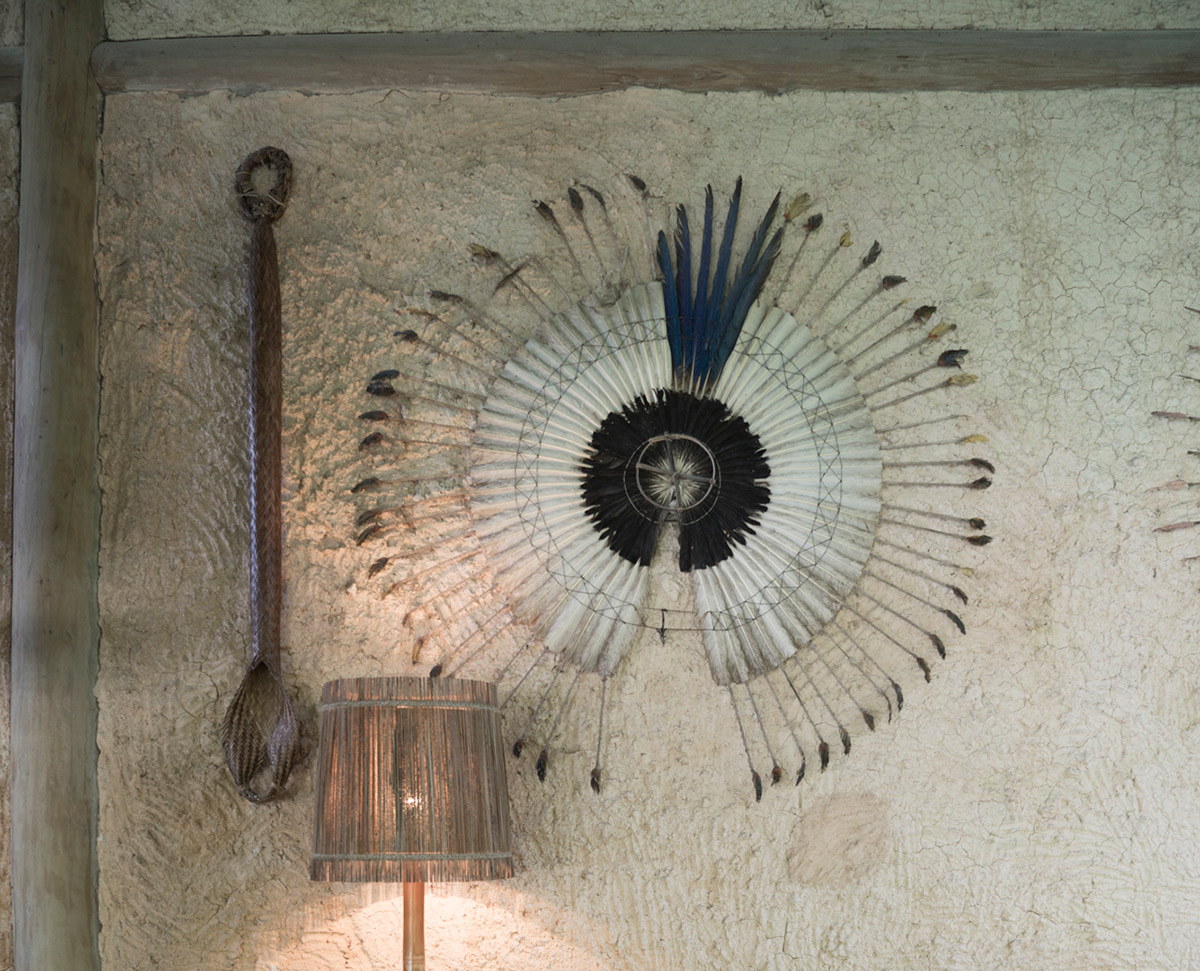
You’ve worked with the local indigenous tribe called the Pataxó. How did you end up collaborating with them?
The last six months of the hotel, we were starting to decorate and work more and more with the Pataxó indians because they weave these beautiful lamp shades. Through them, I met this guy from the Pataxó tribe. He was 25 and was trying to get the cultural heritage of the Pataxó back into this younger generation of people. This guy really tried to get the Indian aesthetic back into his tribe through art craft and through presentation. Later on, I started doing presentations with him at the hotel and on the beach and we started making things together like the feather decorations you see in the hotel. As well as the name, he stayed here for two days and we started brainstorming about everything that he likes that made an impact on him and we tried to find the name of the hotel. And that’s how UXUA came up. UXUA means “marvelous” in the Pataxó language.
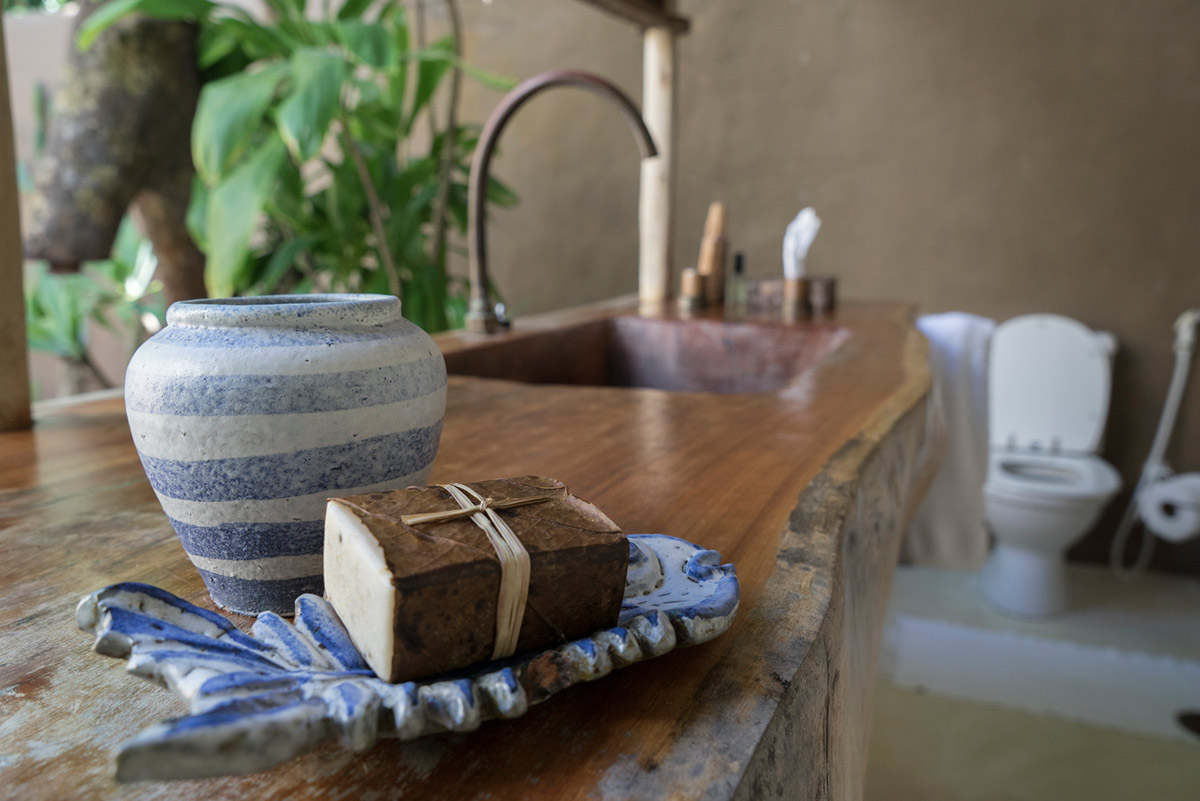
We are making our own soaps with [the Pataxó] and working with an NGO. Five native Indian women are making these soaps from the resin of a native tree called almescar. These soaps are packaged in their own leaves and we’ve used them in the hotel since the beginning. It’s a program that’s kept work for these five women all these years. We are the only hotel that’s using that because it’s kind of expensive to make.
And the Artist in Casa Initiative?
Since Trancoso has this authentic heritage of welcoming artists, who were some of the first outsiders to rediscover and settle in the town in the 1970s, and because I love creative collaborations, we started inviting artists and designers from around the world to come to UXUA and stay with us. They live in our casas for awhile and we ask only that they produce some objects using their own style and technical skill, but with local inspiration and materials. We’ve had artists from around the world, and its been so satisfying and some great friendships have come out, which is also a goal. Currently we’re hosting a Brazilian artist, Lucas Simões, with a background in both architecture and design. I’m very curious about what he’ll produce.
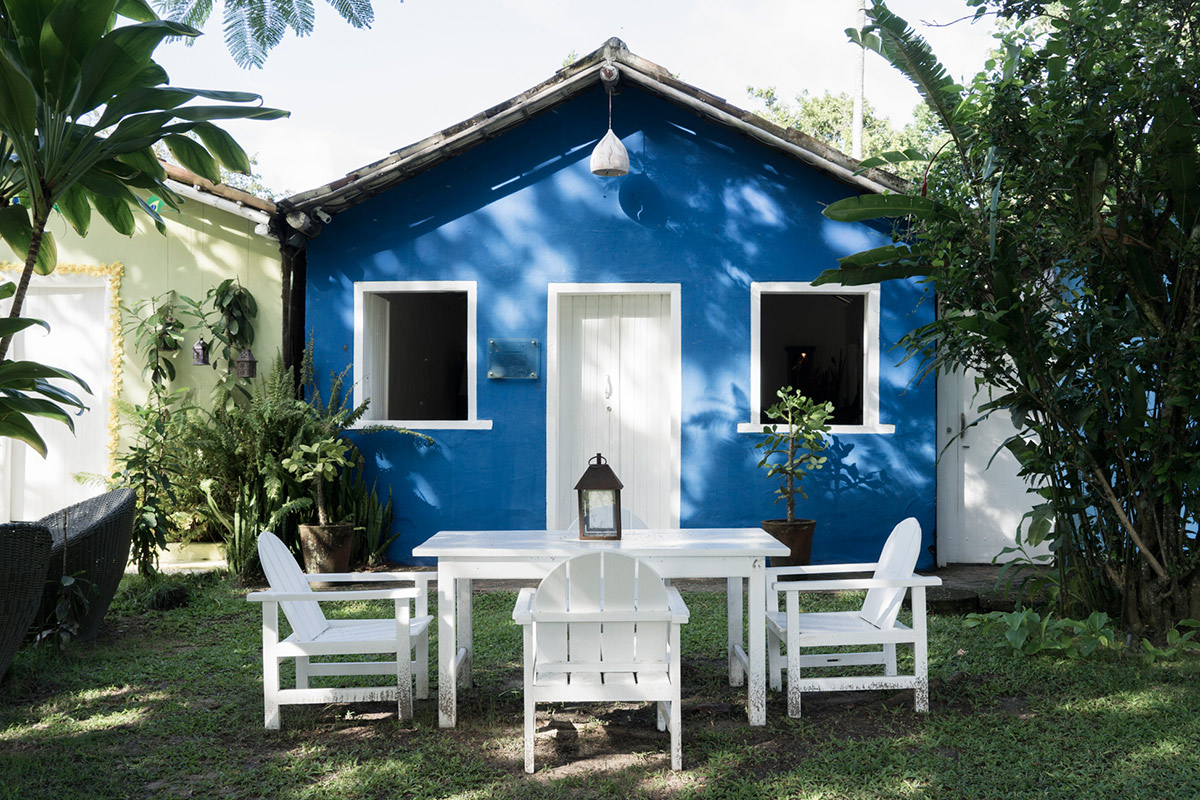
What’s next?
For sure I don’t see myself any time soon going back to industrialized design, mass-manufactured objects. We say no to all the licensing inquiries which come our way, which unfortunately means we see a lot of knock-offs of our creations around. But that’s OK, because my love now is making one object at a time, so they are each sort of infused with the quality of art, and with us experimenting and evolving all the time. Regarding private residences, I really enjoy doing them for clients but hope to continue doing just one or two at a time, and only for people I really admire and feel a connection with. We put so much love and passion into what we do this is important for us.
Visit UXUA for more information on booking—where rates start at R$1,100 per night (about $420 USD)—and their ongoing partnerships with artists and artisans near and far.
Lead image by Fernando Lombardi, all others by Blake Whitman












